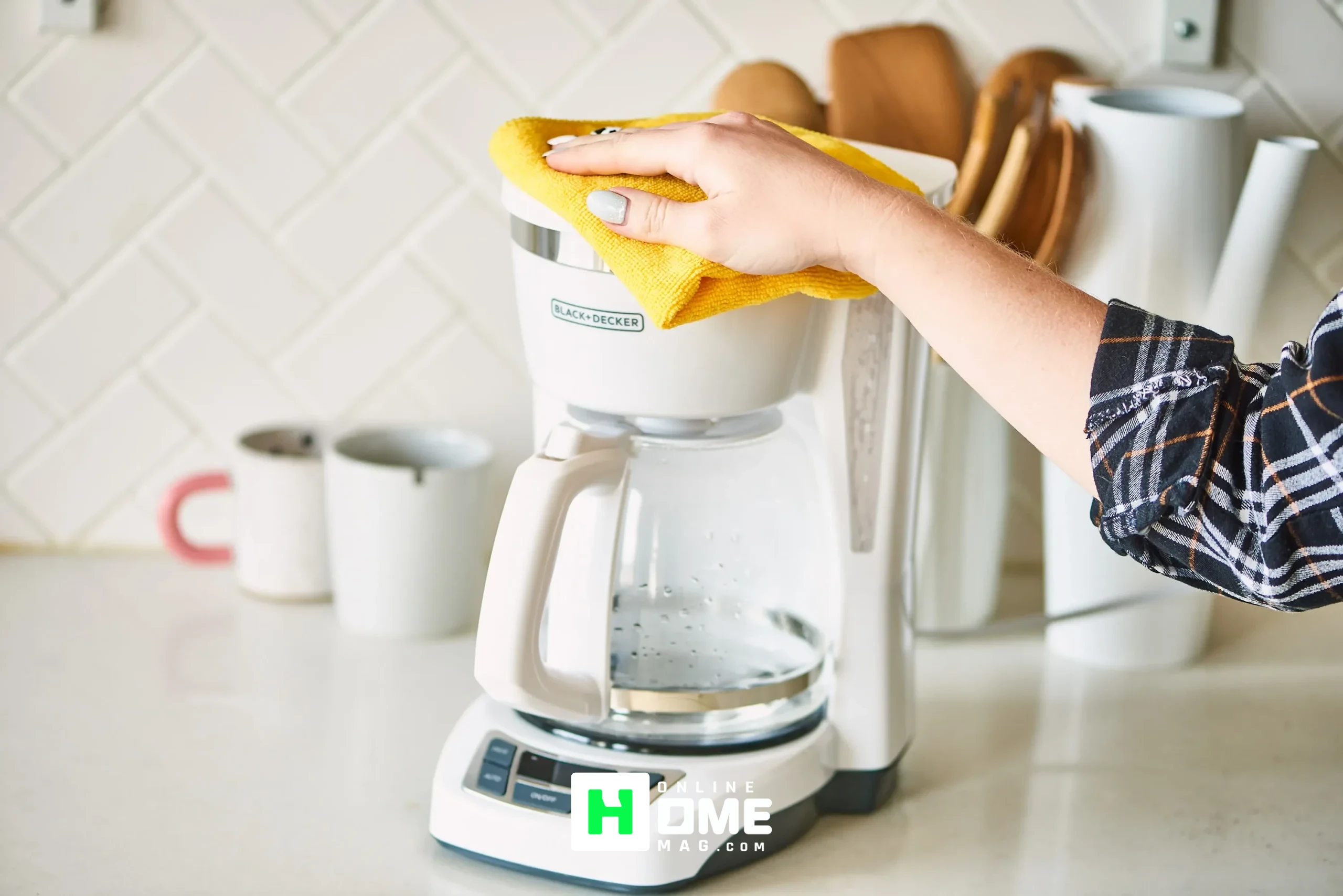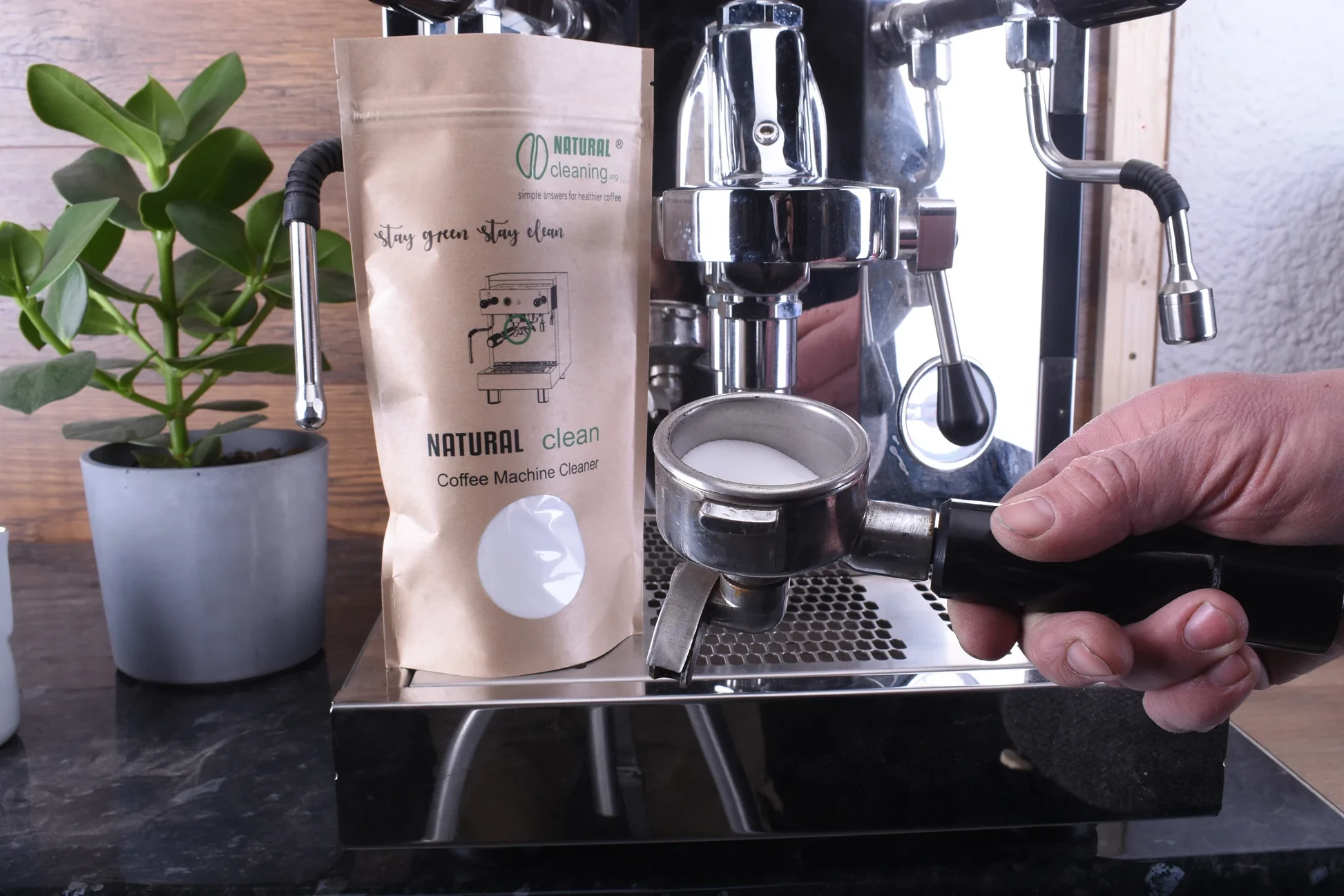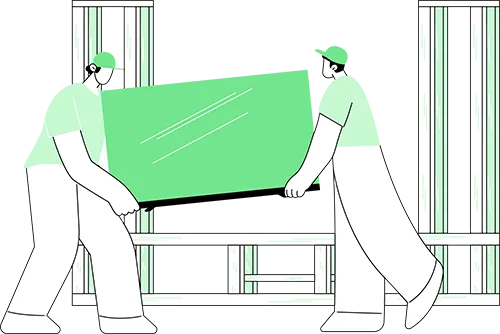🕓 Last updated: July 16, 2025
Why Natural Descaling Works
If you’re looking to descale a coffee maker using natural methods, options like vinegar, lemon juice, and baking soda are both safe and effective. Their mild acidity or gentle abrasiveness breaks down mineral buildup without harming the internal components of your machine. These ingredients are not only environmentally friendly but also inexpensive and easy to find—making them a smart alternative to harsh chemical descalers.Vinegar Descaling (Best for Regular Maintenance)
What You Need:
- White distilled vinegar
- Fresh water
- Microfiber cloth or paper towel
Steps:
- Empty and Rinse: Remove the coffee grounds and clean the filter basket and carafe.
- Mix Solution: Combine equal parts vinegar and water. (For heavy buildup, use 2 parts vinegar to 1 part water.)
- Fill Reservoir: Pour the solution into the machine’s water tank.
- Run Half a Brew Cycle: Start a brew cycle. Midway, turn off the machine and let it sit for 30 minutes to loosen scale.
- Finish Cycle: Resume the cycle to complete.
- Flush: Rinse by running 2–3 full cycles of clean water.
- Wipe Surfaces: Use a damp cloth to clean the machine’s exterior.
Pros: Highly effective, easy, affordable
Cons: Strong smell; may need extra rinsing

Lemon Juice (A Fresh-Smelling Alternative)
What You Need:
- Fresh lemon juice or bottled 100% lemon juice
- Clean water
Steps:
- Prepare Solution: Mix 1 part lemon juice with 2 parts water.
- Fill and Brew: Pour the mixture into the reservoir and run a full brew cycle.
- Pause Midway (Optional): Let the mixture sit in the system for 15–20 minutes.
- Rinse Thoroughly: Run 2–3 clean water cycles afterward.
Pros: Natural scent, effective for moderate buildup
Cons: Slightly less acidic than vinegar—may require repetition for heavy scale
Baking Soda (Mild, Surface-Level Cleaning)
What You Need:
- 1 tablespoon baking soda
- 1 cup warm water
Steps:
- Dissolve Completely: Mix baking soda into warm water.
- Add to Reservoir: Pour into your coffee maker.
- Run a Brew Cycle: Start the machine as usual.
- Rinse: Flush the system with 2 full water-only cycles.
Note: Baking soda is not as strong for deep descaling, but it’s safe for frequent light cleaning.
Pros: Safe, gentle, deodorizing
Cons: Ineffective for deep limescale removal

How Often Should You Descale?
- Every 2 to 3 months for average use
- Monthly if you use hard water or brew daily
- Signs it’s time: Slower brew time, off-tasting coffee, or louder machine noise
Pro Tips for Natural Descaling Success
- Always check your coffee maker’s manual before trying any method.
- Use filtered or softened water to reduce future scale.
- Never mix descaling agents (e.g., vinegar + lemon juice).
- Clean your carafe, basket, and any removable parts after descaling.
- Let your machine air dry after the final rinse.
You don’t need store-bought cleaners to descale a coffee maker effectively. With simple, natural ingredients like vinegar, lemon juice, or baking soda, you can keep your machine running smoothly and your coffee tasting its best. Just be consistent, use the right method for your machine’s condition, and rinse thoroughly—and you’ll extend the life of your coffee maker without introducing harsh chemicals into your cup.


